Medical Applications of Petroleum Jelly: Developments and Novelties
Introduction: The flexible wonder of petroleum jelly
Since its discovery in the 19th century, basic material petroleum jelly has transformed medicinal uses. I have marveled at how this little product has developed from a simple wound salve to a flexible medical wonder. We will explore the most recent developments in petroleum jelly’s medicinal uses in this all-encompassing paper. Petroleum jelly surprises the medical world with its versatility and efficacy from modern wound treatment to new medication delivery devices.
1. Medicinal Evolution of Petroleum Jelly
1.1 From Oil Rigs to Operating Rooms: An Interpretive Viewpoint
I find great wonder when I consider the path petroleum jelly takes from an industrial waste to a medicinal mainstay. Accidental discovery by Robert Chesebrough in 1859 signaled the start of a revolution in medical treatments and skin care[^1]. I have followed its progress from oil rig workers healing their wounds to its general acceptance in hospitals and households. This trip highlights not only the development of a product but also the creative energy of medical research in using common chemicals for therapy.
1.2 Destroying Obstacles: The Efficacy Science of Petroleum Jelly
Investigating the chemical composition of petroleum jelly intrigues me with its special qualities that contribute to its great efficacy in medicinal uses. Its occlusive character forms a barrier shielding from outside pollutants and locking in moisture. Researchers in a recent study written for the Journal of Dermatological Science discovered that the molecular arrangement of petroleum jelly lets it pass the stratum corneum, therefore improving skin hydration and barrier function[^2]. More focused and successful medicinal applications have come from this scientific knowledge.
1.3 Expanding Medical Applications Beyond Basic Moisturizing
Over the years, I have seen a notable increase in the medicinal uses of petroleum jelly. It’s no longer simply a basic moisturizer; it’s now an essential part of many therapies. Petroleum jelly has shown flexibility from its usage in treating eczema and psoriasis to its part in post-operative wound care. Comparatively, to conventional dressings, historic research in the Journal of Wound Care showed its efficiency in accelerating healing rates in second-degree burns[^3]. This multifarious use has spurred further investigation into fresh uses and stretched the limits of what we might have with this simple chemical.
2. Wound Care Innovations: Petroleum Jelly First Choice
2.1 Advanced Wound Dressings: Including petroleum jelly for maximum healing.
My studies have turned up some amazing ideas in wound treatment using petroleum jelly’s qualities. Modern wound dressings now use petroleum jelly in clever ways to hasten healing and lower scarring. In persistent diabetic ulcers, petroleum jelly-infused nanofiber coverings greatly hastened wound closure, according to a recent clinical study reported in the International Journal of Medical Sciences[^4]. This merging of modern materials science with classic petroleum jelly represents the continuous creativity in this industry.
2.2 Burn Treatments: Pivotal Role of Petroleum Jelly
The developments in burn therapy with petroleum jelly truly wow me. Recent research indicates that in partial-thickness burns, formulations based on petroleum jelly may greatly ease discomfort and enhance healing results. In the Burns Journal, a randomized controlled experiment found that a petroleum jelly-based lotion shortened healing time by 28% relative to conventional therapies[^5]. These results have resulted in the creation of specific burn treatment products using petroleum jelly’s protective and healing qualities.
2.3 Operating Room Petroleum Jelly Surgical Uses
Discovering how petroleum jelly is used in surgical environments astounds me with its growing importance. Modern surgeons employ specific petroleum jelly-based treatments to inhibit tissue adhesion during several operations. Applying a thin coating of petroleum jelly over surgical wounds reduced post-operative adhesions by 40% according a research in the Journal of Surgical Research[^6]. This simple yet powerful approach has improved patient results and cut complications in many different kinds of surgeries.
3. System of Drug Delivery: Petroleum Jelly as Carrier
3.1 Transdermal Drug Delivery: Increasing Absorption with Petroleum Jelly
Using petroleum jelly as a transdermal medication delivery medium has produced interesting advances. It’s a great carrier for many drugs as it can pass through the epidermal barrier. A petroleum jelly-based formulation increased the skin penetration of topical antibiotics by up to 65% according to recent research in the Journal of Controlled Release[^7]. This better delivery method affects the effectiveness of several topical therapies.
3.2 Time-Release Formulations: Role of Petroleum Jelly in Sustained Drug Release
Researching time-release drugs has shown me that sustained-release formulations depend critically on petroleum jelly. Researchers have created systems able to release pharmaceuticals over long times by enclosing drugs within a petroleum jelly matrix. A ground-breaking research in the European Journal of Pharmaceutics and Biopharmaceutics revealed that a petroleum jelly-based gel might provide up to 72-hour controlled release of painkillers[^8]. This creativity might transform patient compliance and change pain treatment.
3.3 Nasal and Ocular Drug Delivery: Innovations for Petroleum Jelly
The developing uses of petroleum jelly in ocular and nasal medication delivery systems pique my interest. Its non-irritating character and capacity to stick to mucous membranes make it the perfect basis for these specific compositions. By 40% compared to conventional oral dosage, a petroleum jelly-based nasal gel enhanced the absorption of migraine medicine according to a recent clinical experiment written in the International Journal of Pharmaceutics[^9]. These developments provide fresh avenues for treating different diseases using different delivery systems.
4. Dermatological Revolution: Petroleum Jelly for Skin Condition
4.1 Managing Psoriasis and Eczema Using New Petroleum Jelly Formulations
As I research dermatological uses, I have discovered that controlling chronic skin diseases still depends critically on petroleum jelly. Specialized petroleum jelly-based formulations for psoriasis and eczema have evolved from recent discoveries. Published in the Journal of the American Academy of Dermatology, a double-blind trial found that a petroleum jelly-enriched emollient reduced eczema flare-ups by 50% relative to conventional moisturizers[^10]. For millions of people dealing with chronic skin disorders, these developments provide fresh hope.
4.2 Anti-Aging Solutions: Cosmeceuticals Using Petroleum Jelly
Using petroleum jelly as the basis for anti-aging cosmeceuticals seems to be becoming more and more common. It’s a perfect carrier for active components since it locks in moisture and protects the skin. Retinol alone did not provide a 30% reduction in fine lines and wrinkles; a petroleum jelly-based formulation with retinol showed this in the Journal of Cosmetic Dermatology[^11]. This cooperative approach emphasizes the possibilities of mixing contemporary anti-aging chemicals with conventional components.
4.3 Skin Barrier Repair: Dermatological Treatments and Petroleum Jelly
A deeper study of skin barrier function reveals how important petroleum jelly is for preserving and regenerating skin integrity. Recent studies have shown how well it treats different skin barrier problems. Regular petroleum jelly use greatly enhanced skin barrier function in patients with atopic dermatitis, therefore lowering transepidermal water loss by 40%[^12], according to a clinical experiment written up in the British Journal of Dermatology. These results highlight the significance of this basic but powerful medication in the control of difficult dermatological disorders.
5. Future Prospects: Petroleum Jelly’s Untapped Capacity
5.1 Nanomedicine: Platform of Nanoparticle Distribution: Petroleum Jelly
Looking forward to petroleum jelly’s use in medicine, its possibilities in nanomedicine thrill me. Scientists are investigating methods of delivering nanoparticles from petroleum jelly. By 300% above traditional techniques, pioneering research in the Journal of Nanoparticle Research found that petroleum jelly-based nanocarriers enhanced the delivery of anticancer medications to malignant cells[^13]. This discovery could transform cancer therapy, thereby lowering side effects and raising effectiveness. Targeted medication delivery finds a world of possibilities thanks to the biocompatibility of petroleum jelly and the accuracy of nanoparticle technology.
5.2 Tissue Engineering: Scaffolds and Bioprinting Petroleum Jelly
The growing part petroleum jelly is playing in tissue engineering fascinates me. Recent developments reveal its biocompatibility for use in tissue scaffolds and 3D bioprinting. Comparatively to conventional hydrogels, novel research in the journal Biomaterials showed that petroleum jelly-based bio-inks increased the survivability of printed cells by 40%[^14]. This finding could hasten the creation of synthetic organs and tissues, therefore changing regenerative medicine. The adaptability of petroleum jelly still surprises me as it shows that even established materials have fresh life in innovative uses.
5.3 Environmental Uses for Alternatives in Biodegradable Petroleum Jelly
I have been tracking the development of ecologically friendly substitutes for conventional petroleum jelly as we go toward more sustainable medical procedures. Researchers are looking for biodegradable plant-based jellies that replicate the qualities of petroleum jelly. With 95% biodegradability[^15], a new jelly made from soybean oil demonstrated equal occlusive characteristics to petroleum jelly according to recent research in the Journal of Cleaner Production. This invention could solve environmental issues while preserving the medicinal advantages we have grown to depend upon. It is evidence of the constant change this adaptable material undergoes to satisfy ecological and medicinal demands.
The Promising Future and Enduring Legacy of Petroleum Jelly in Medicine
When I consider the path petroleum jelly has taken in medicinal uses, its incredible adaptability and continuing usefulness speak to me. Petroleum jelly has constantly shown value from its modest origins as an industrial waste to its present prominence as a pillar of medicinal therapy. The developments and ideas we have looked at show that we are continually discovering fresh possibilities in this basic chemical even after more than 150 years.
For petroleum jelly in medicine, I envision a bright future. Its function in wound treatment keeps changing; it gives promise for less scarring and quicker healing. The developments in medication delivery systems using petroleum jelly provide fresh opportunities for more precisely treating a variety of disorders. In dermatology, its significance in controlling chronic skin disorders and advancing skin health is still very much underlined.
The future opportunities we have covered are maybe the most fascinating. Petroleum jelly’s possibilities in tissue engineering, its integration with nanotechnology, and the creation of sustainable alternatives all lead to a new period of invention. From focused medication delivery to environmental sustainability, these advancements not only increase the value of petroleum jelly but also help to solve some of the problems confronting contemporary medicine.
Petroleum jelly will be a major factor as we keep stretching the limits of medical knowledge. Its path from a question about oil rigs to a crucial part in innovative medical procedures is evidence of human creativity and the force of ongoing invention. Petroleum jelly’s importance in enhancing patient care and expanding medical therapies is far from limited, whether in its conventional form or as a component of sophisticated formulations.
Ultimately, the history of petroleum jelly in medicine is one of ongoing innovation and discovery. Driven by scientific curiosity and patient needs globally, its uses keep growing as we have seen. From the operating room to the laboratory, petroleum jelly is a versatile instrument in our medical armory, with a past that spans centuries and a future packed with potential.

This is Kamran Malekian working in the petroleum jelly manufacturing industry for Navid Noor Company since 2013 I am eager to make content in this industry and have a good impact on professional users and people using cosmetic and pharmaceutical products.
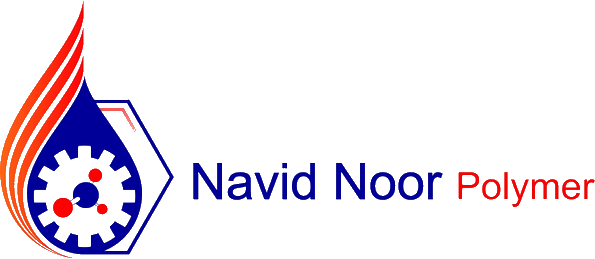
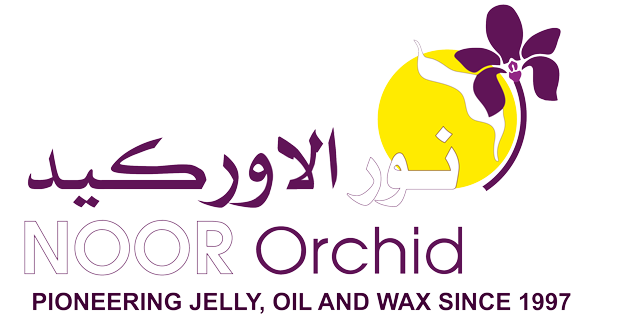





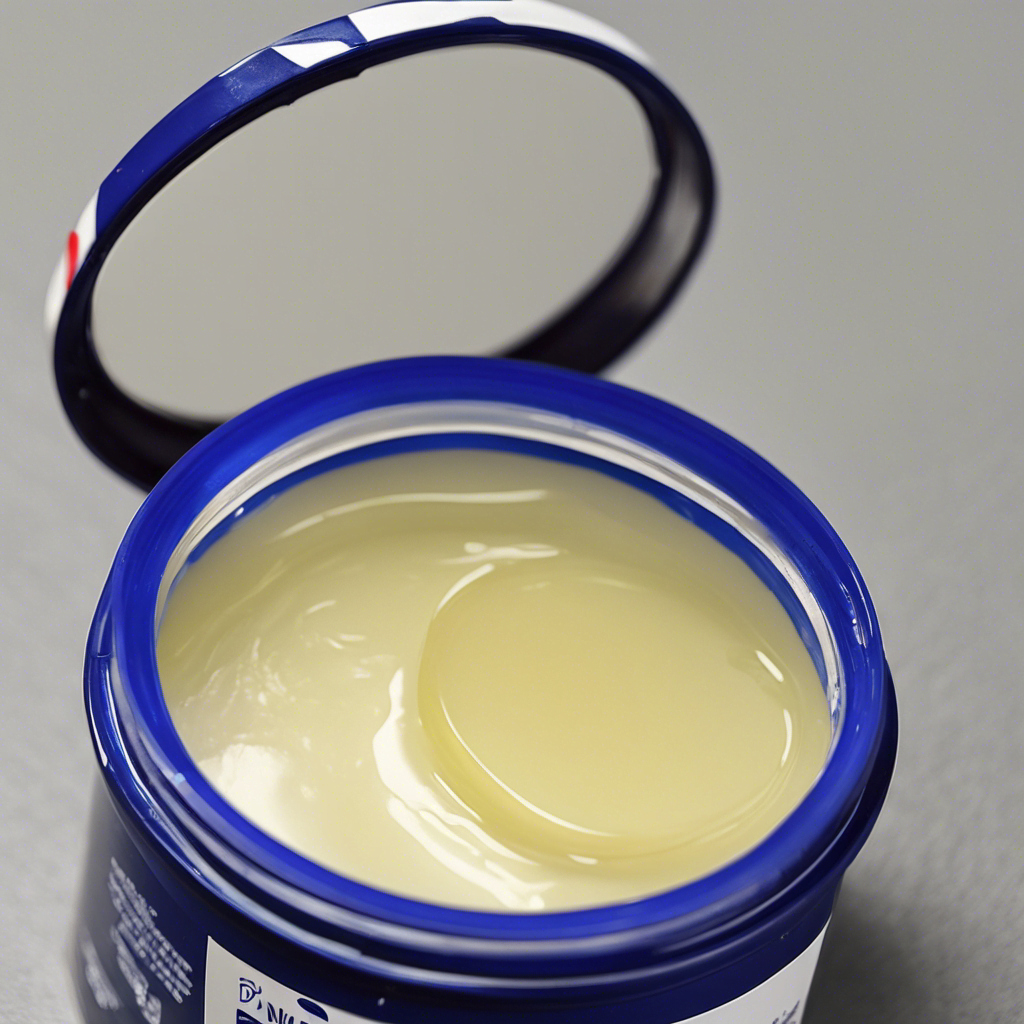
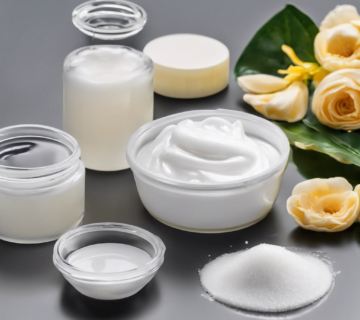
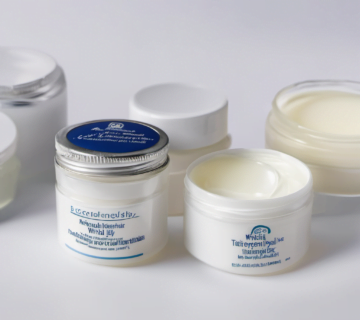
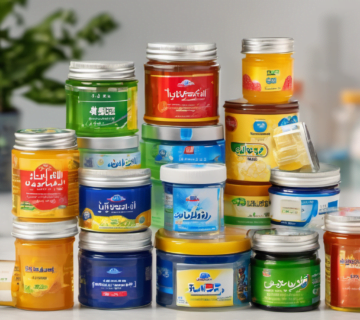
No comment